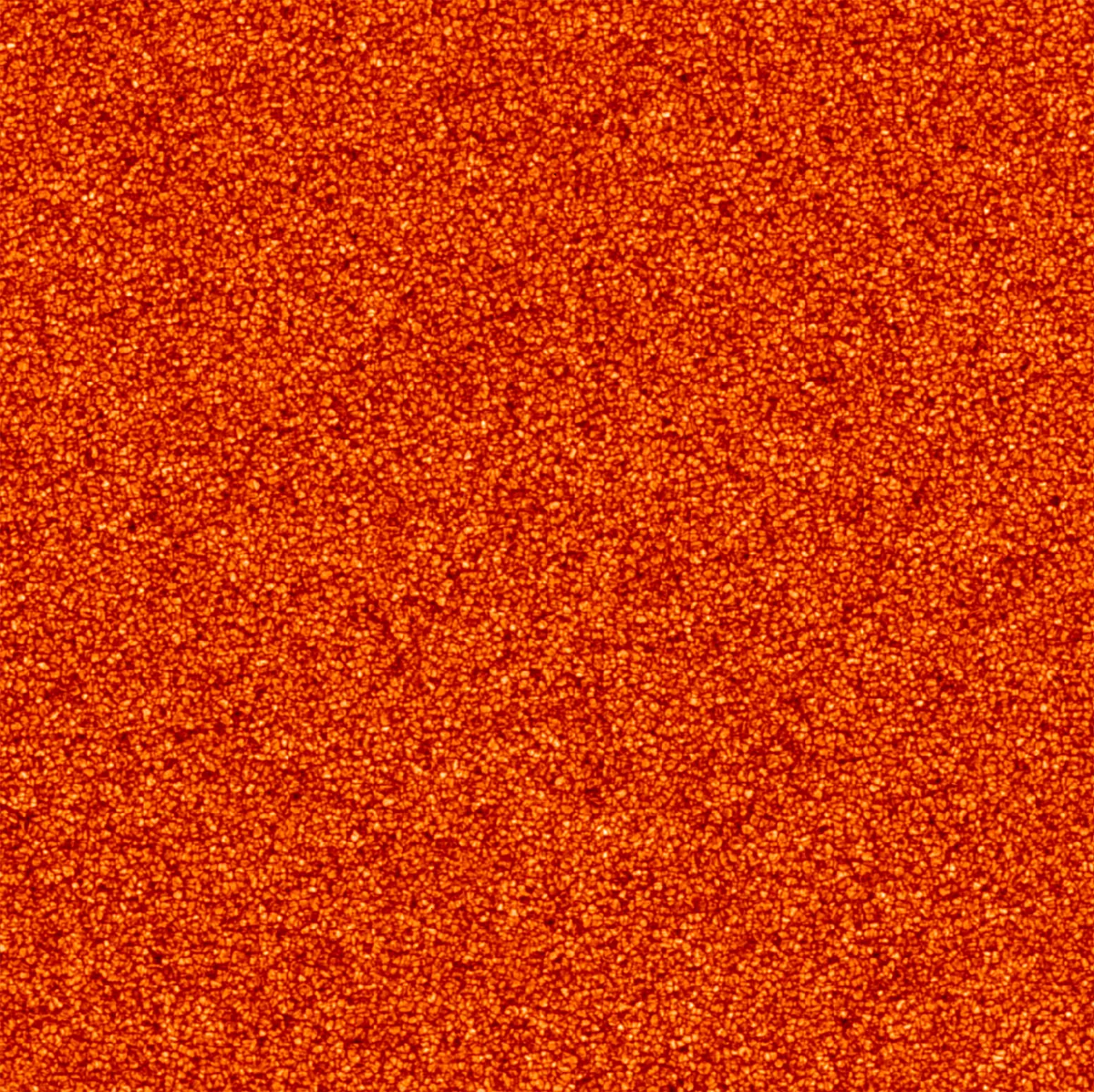Astronomers have captured images of bubbles of gas 75 times the size of our Sun moving across a star 180 lightyears away from Earth.
This marks the first time such bubbles have been imaged on a star other than our Sun.
The star in question is R Doradus, a red giant star 350 times as wide as the Sun that can be seen in the constellation Dorado.
Discover the biggest stars in the Universe
About the R Doradus bubbles
R Doradus's mammoth size and closeness to Earth enabled astronomers to capture these amazing images.
A red giant, R Doradus is an ageing star that's expanding and puffing outwards as it reaches the end of its life.
It's much bigger than our Sun, but is of the same mass, and is likely similar to how our Sun will look in 5 billion years when it becomes a red giant and begins swallowing the inner planets of the Solar System.
Astronomers caught a glimpse of what this might look like through past observations of ZTF SLRN-2020, the star that swallowed a planet.
The images of bubbling gas on the surface of star R Doradus were captured using the Atacama Large Millimeter/submillimeter Array (ALMA) in Chile over a period between July and August 2023.

The giant, hot bubbles of gas appear on the surface and sink back into the star’s interior, and this process is happening much faster than expected.
"This is the first time the bubbling surface of a real star can be shown in such a way," says Wouter Vlemmings, a professor at Chalmers University of Technology, Sweden, and lead author of the study published in Nature.
"We had never expected the data to be of such high quality that we could see so many details of the convection on the stellar surface."

How stars work
Nuclear fusion is the process by which stars produce energy in their cores.
This energy flows outwards towards the star's surface in hot bubbles of gas, which then cool and sink back into the interior.
The convection motion churns and mixes heavy elements formed in the star's core, like carbon and nitrogen, distributing them throughout the star.
Convection motion is also thought to generate streams of particles called 'stellar winds' that transport these elements out into space and provide the ingredients for new stars and planets to form.
Solar scientists have tracked convection motions in the Sun, but never in detail in other stars.
This new study changes all that.

ALMA was used by the team to gather hi-res images of R Doradus over the course of a month.
"Convection creates the beautiful granular structure seen on the surface of our Sun, but it is hard to see on other stars," says Theo Khouri, a researcher at Chalmers and a co-author of the study.
"With ALMA, we have now been able to not only directly see convective granules — with a size 75 times the size of our Sun! — but also measure how fast they move for the first time."
And the observations revealed that the granules are moving faster than expected, based on models generated by observing the process on our own Sun.
“We don’t yet know what is the reason for the difference," says Vlemmings.
"It seems that convection changes as a star gets older in ways that we don't yet understand."
The observations of R Doradus are therefore enabling astronomers to learn more about how Sun-like stars behave, but also what happens to them as they age and expand.
